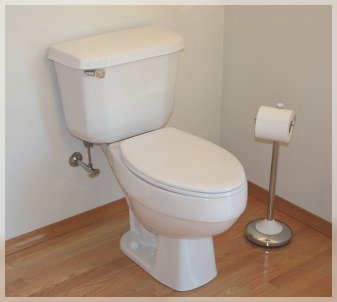Organic Mechanic
Sr Member
How did you turn a flat bottomed groove with a a tool like the one I posted? Your standard CNMG (80*) insert comes with either a 1/32", or a 1/64" nose radius. Feed it straight in in "X" and you cannot help but to have a rounded groove.
Understand, the prop makers were NOT trying to do what we try to do. I've got a shiny nickle that says Nick never once considered matching the exact radii or daft angle of the Aztec props. He wasn't making a replica. He was making a prop to order.
I believe, and I say this with no malice, that a lot of your argument is based on your inexperience with the tools at hand.
For example, I would never consider using a mill to cut those handle grooves. It's a lathe job. Period. But on the same note, I'd not use a a stock tool to replicate them either. For that, I'd make a tool with the proper angles and radii and cut it in a single pass, or I'd CAD up a 3D model and cut it on a CNC.
To make a one-off piece, which the actual props were is a completely different thing than reproduction or mass production. With the one-off you can do whatever gets the job done with the least fuss. To reproduce that, or to make multiples, things get a bit more involved.
===================================
Now, here's my real question:
Why are we even discussing the nature of these grooves/ridges? They are the easy bit of these SSs. Just cut 'em like you see 'em. The thick nature of crackle paint tends to blur the finer points anyway. For example, I disagree with your cutting method and your choice of profile shape, but I think your finished product looks damned fine. Grooves is grooves. S1-2 had a rounded top, S3-4 had a flat-ish top, and no two were identical. Just don't idealize 'em too much, or it will end up looking like the MFX which manages to not look right.
The trick to these props is in the mill work, as I'm sure you know. There is no paint to cover your ass when it comes to the head cage, body cap or end bulb. So if we're going to nitpick details to try and get it down to a science, shouldn't we be arguing about that?
Understand, the prop makers were NOT trying to do what we try to do. I've got a shiny nickle that says Nick never once considered matching the exact radii or daft angle of the Aztec props. He wasn't making a replica. He was making a prop to order.
I believe, and I say this with no malice, that a lot of your argument is based on your inexperience with the tools at hand.
For example, I would never consider using a mill to cut those handle grooves. It's a lathe job. Period. But on the same note, I'd not use a a stock tool to replicate them either. For that, I'd make a tool with the proper angles and radii and cut it in a single pass, or I'd CAD up a 3D model and cut it on a CNC.
To make a one-off piece, which the actual props were is a completely different thing than reproduction or mass production. With the one-off you can do whatever gets the job done with the least fuss. To reproduce that, or to make multiples, things get a bit more involved.
===================================
Now, here's my real question:
Why are we even discussing the nature of these grooves/ridges? They are the easy bit of these SSs. Just cut 'em like you see 'em. The thick nature of crackle paint tends to blur the finer points anyway. For example, I disagree with your cutting method and your choice of profile shape, but I think your finished product looks damned fine. Grooves is grooves. S1-2 had a rounded top, S3-4 had a flat-ish top, and no two were identical. Just don't idealize 'em too much, or it will end up looking like the MFX which manages to not look right.
The trick to these props is in the mill work, as I'm sure you know. There is no paint to cover your ass when it comes to the head cage, body cap or end bulb. So if we're going to nitpick details to try and get it down to a science, shouldn't we be arguing about that?

